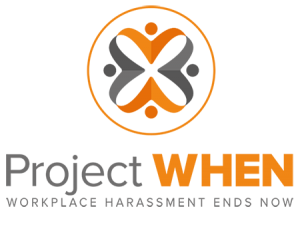Good work-life balance and flexible working conditions are two of the top ten factors when it comes to happiness in your job.
That’s according to research from Barclays, launched ahead of its debate on youth employability on 15 April. The thing most likely to make people happy in their job was getting on well with colleagues – 26% of respondents cited this. It was closely followed by having a good work-life balance (24%) while flexible working conditions were seventh on the list (15%). The bank surveyed 2,000 people aged 16 and over.
Source: flexibleboss.com
The team at Stegmeier Consulting Group prides ourselves on delivering unsurpassed change management services that can improve workplace productivity while simultaneously helping to reduce costs. We’re excited to announce this article affirms our work is also improving another important factor: workplace happiness.
The customized solutions that we are able to deliver a client touches on almost every one of the top ten factors that Barclay’s cites in their study as being most important for high worker morale. Some of the parallels are quite obvious, such as when employees rank work-life balance and flexible working conditions as being of utmost importance to ensure happiness. Often times, clients bring us on to assist with revamping a flexible work policy, or a work from home program.
Other impacts of our work on this list may not be as clear cut, but they do exist. For example, employees cite getting along well with colleagues as the #1 happiness-factor. In order for strong workplace relationships to be built, organizations most likely have policies and protocols developed that allow not only for employee communication and collaboration, but for privacy when necessary as well. The importance of these workplace guidelines can be seen especially in instances of organizations with more modern, open designs. Stegmeier Consulting Group has helped numerous organizations develop policies and protocols, many of which focus on proper etiquette, in these new collaborative workspaces. The aim truly is to make sure everyone is getting along!
When beginning a change initiative, keep in mind that the morale of your employees can be affected by any decision you make as well as how that decision is communicated (for instance, are your employees finding out about the change through proactive communications from leadership, or through back channel rumours?). Partnering with Stegmeier Consulting can give your organization the ability to engage your people, keep them focused on the positives of your new strategy, and hopefully keep them happy as well.











